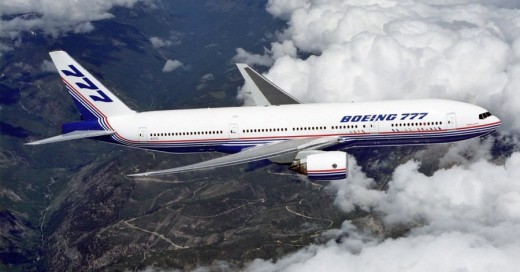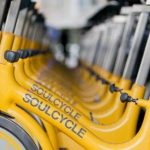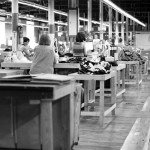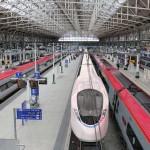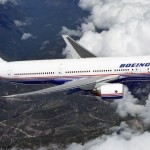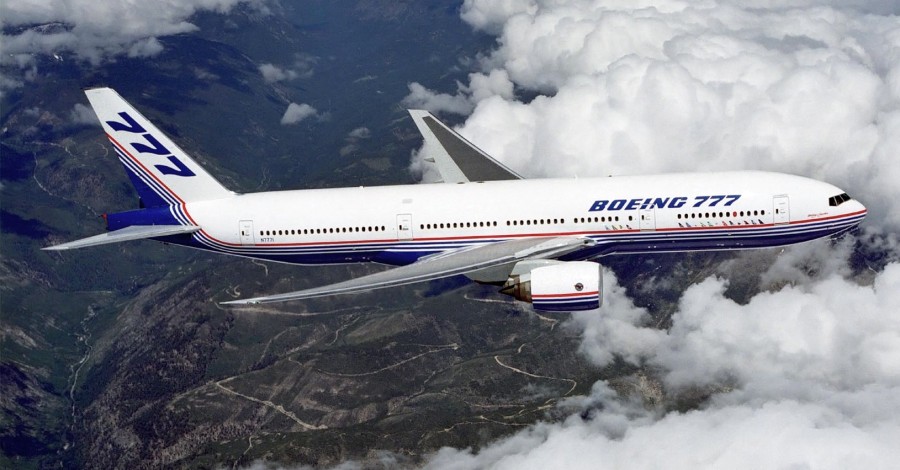Boeing Is Growing But Job Growth Is Slow Thanks To Robots
November 16, 2015

Over the last 100 years there has been a cycle at Boeing. As sales picked up, the company added more laborers to its workforce.
These days that “Headcount goes by rate” motto often espoused by Boeing employees simply isn’t true.
Boeing is churning out 20% more planes than it did since the last big cycle in the 1990s but there are fewer workers in the United States. That’s because the company is relying more on international outsourcing and robots.
In the past year, Boeing installed four banks of two-story riveting machines at the factory that makes its 737 aircraft in Renton, Washington.
Boeing says its 60-ton robots can work twice as fast as people, with two-thirds fewer defects. That’s a huge savings for the company that also allows it to more quickly work through its massive backlog of outstanding orders
Currently, Boeing uses the robots to drill and rivet together fuselages for the 777 jetliner.
The machines are “taking what is in the neighborhood of 50,000 to 70,000 fasteners in the 777 fuselage that are today applied by hand and automating them,” Boeing Chief Executive Dennis Muilenburg said in a speech at an aerospace trade fair in Seattle in September.
It’s a “huge transformation in how we build airplanes.”
The company says the robots offer better quality, improve worker safety, and lower costs and keep up with its European rival Airbus, which also is automating and churning out more planes to meet worldwide growth in air travel.
The robots have not caused layoffs but the company admits that job growth has slowed even as higher demand becomes a reality.
“Increased automation means we can go higher in rates with a stable workforce,” Barry Lewis, head of wing manufacturing operations at Boeing’s 737 plant, said during a recent factory tour.
Business & Finance Articles on Business 2 Community
(27)

